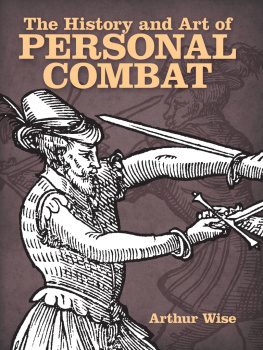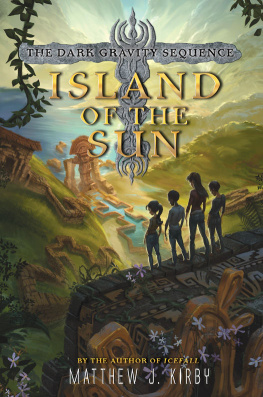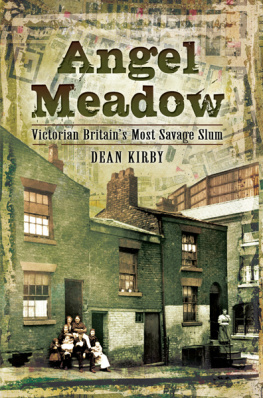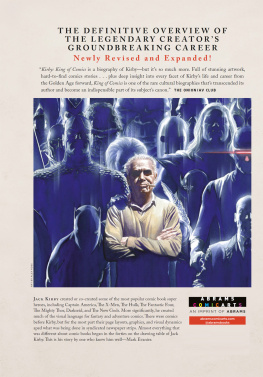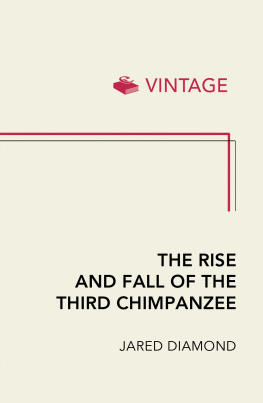A Greenhill Book

Greenhill
Books
Of all the Italian works on fencing none ever had such a share in fixing the principles of the science
The theories which he enunciated, the system that he followed were hardly improved on by anyone
Egerton Castle, Schools and Masters of Fence
First published in Great Britain in 2004 by Greenhill Books, Lionel Leventhal Limited
www.greenhillbooks.com
This edition published in 2012 by Frontline Books
an imprint of
Pen & Sword Books Ltd
47 Church Street, Barnsley, S. Yorkshire, S70 2AS
visit us at www.frontline-books.com, email info@frontline-books.com or
write to us at the above address.
Published and distributed in the United States and Canada by
PALGRAVE MACMILLAN a division of St. Martins Press LLC, 175 Fifth Avenue, New York, NY 10010.
Copyright Jared Kirby, 2004
UK edition: ISBN: 978-1-84832-645-3
US edition: ISBN: 978-0-230-34119-7
No part of this publication may be reproduced, stored in or introduced into a retrieval system, or transmitted, in any form, or by any means
(electronic, mechanical, photocopying, recording or otherwise) without the prior written permission of the publisher. Any person who does any
unauthorized act in relation to this publication may be liable to criminal prosecution and civil claims for damages.
CIP data records for this title are available from the British Library and the Library of Congress
Printed in China by Leo Paper Products
For a complete list of Pen & Sword titles please contact
PEN & SWORD BOOKS LIMITED
47 Church Street, Barnsley, South Yorkshire, S70 2AS, England
E-mail: enquiries@pen-and-sword.co.uk
Website: www.pen-and-sword.co.uk
I would like to dedicate this work to the patrons that made this translation possible.
Without their generous donations and patience this translation could not have come to fruition:
William Wilson, The Stoccata School of Defence, Michael Anderson, Tim Ruzicki,
Craig Johnson, Antone Blair, Chris Lyon, Steaphen Fick, Dave Storrs, Fred Kutz,
William S. Ernoehazy, Jr., Kevin P. Menard, Martin Reznick, Art of Combat, John Lennox,
Mtre Alexander Deme, Jason Porter, The School of European Swordmanship, Andrew Feest and
Duncan Fatz Sussex Rapier School, The School Of The Sword on behalf of Caroline Stewart, Jason
Haggerty, Russell Figgis and Paul Chant.
I also want to extend a special thank you to Maitre Grard Six for his generous donation of the
images that are used in this book as well as for his diligent work in the field of fencing.
Lastly, for their support, time, and effort, I would like to thank the following people:
Ramn Martinez, Jeannette Acosta-Martinez, Martin Resnick, Andrea Lupo Sinclair, Carol
Crittenden, Val Eads, Ken Mondschein, Greg Mele, Mark Rector, Richard Cohen, Donald J.
LaRocca, Lionel Leventhal, Seth Cunniff, Edgar de la Vega, Jherek Swanger, Aaron and Kathleen
Gormanshaw, Lenard Voelker, Michael Su, Dave Storrs, Suzanne Kirby, Patri Pugliese, The New
Dawn Duellists Society, Swordplay Symposium International.
R idolfo Capo Ferros Gran Simulacro dellarte e delluso della Scherma has been hailed as the pinnacle of all the Italian works on fencing. Many people consider it the most comprehensive, complete and carefully written work ever published on Italian rapier. In his book, Capo Ferro solidifies the foundation of the principles of this art and science. These fundamental principles of fencing had been in use for hundreds of years, but Capo Ferro presented them in a clear, succinct manner which became the framework for many authors to follow.
The focus of the first half of this treatise is on the art and use of the rapier. Capo Ferro defines his terms, presents the principles in an organized manner and discourses in detail about the theory of fencing. There is a presumption in Capo Ferros work that the reader has a certain amount of knowledge of fencing theory and a comprehension of the use of the rapier. This was written in a time when men lived and died by the sword, so the knowledge of weapons was of paramount importance. The second half of the book focuses on the practical applications of this basic theory, using 43 illustrations to demonstrate the various techniques and movements, didactically showing the martial use of the rapier, rapier and dagger, rapier and shield, and rapier and cloak.
This monumental work was reproduced many times throughout the seventeenth century. In 1629, an edition was produced which removed the backgrounds from the 1610 illustrations and added intricate artwork depicting Old Testament Bible stories. Nothing is altered from the original illustrations except the background, so instead of fighting in front of rolling hills and castles, the swordsmen are fighting in front of Noahs Ark and Adam and Eve. In this translation I have chosen to use primarily the plates from 1610 while incorporating several plates from the 1629 edition to familiarize the reader with both. I have also included five pages of the original, together with their translation.
I first became interested in translating Capo Ferros opus eight years ago. I had heard many times that Capo Ferro was the greatest fencing master of all time. Considering the high regard in which such notable authors as Egerton Castle and Arthur Wise hold this master, I found it difficult to understand that in four hundred years no one had ever translated his treatise into English. So I began looking for a translator who would take on the project. As new books came out, such as Sydney Anglos The Martial Arts of Renaissance Europe (Yale, 2000), Capo Ferro continued to be praised by modern authors. This reinforced the importance of this translation.
I met with many potential translators over the years, but after the initial meeting when they looked at the material, none of them would accept the job. There were two major reasons that translators refused to work on this project. The first reason involved the nature of the highly stylized Renaissance language. It is much like asking someone to translate Shakespearean English into modern Italian. Many of the words that Capo Ferro uses have slightly different meanings now, some words are no longer in use, and others are spelled differently in modern Italian. Therefore, the only way to find the definition is through the use of a sixteenth century dictionary. There are abbreviations that have not been used in centuries. The sentence structure in the sixteenth century would make a modern language professor scream because the grammar has changed so drastically. It is not uncommon to find one sentence that is half a page long, as the use of punctuation was very different. For example, commas are used to break up points, where we use a period today, but a period is only used to end a complete thought, where we start a new paragraph.
The second difficulty arose from the highly technical nature of this work. Without a firm foundation and understanding of the art and science of fencing it is very difficult to comprehend what Capo Ferro is explaining and thereby translate his true intention and meaning. After five years of searching for someone in the United States, I finally decided to employ a professional translator in Italy who was familiar with text like this. Thus the Capo Ferro Translation Project was born. I set up a fund to help raise money in order to pay this professional translator. Many scholars and practitioners of the sword generously donated to support this effort and several organizations lent their help, such as the New Dawn Duellists Society and Swordplay Symposium International.




